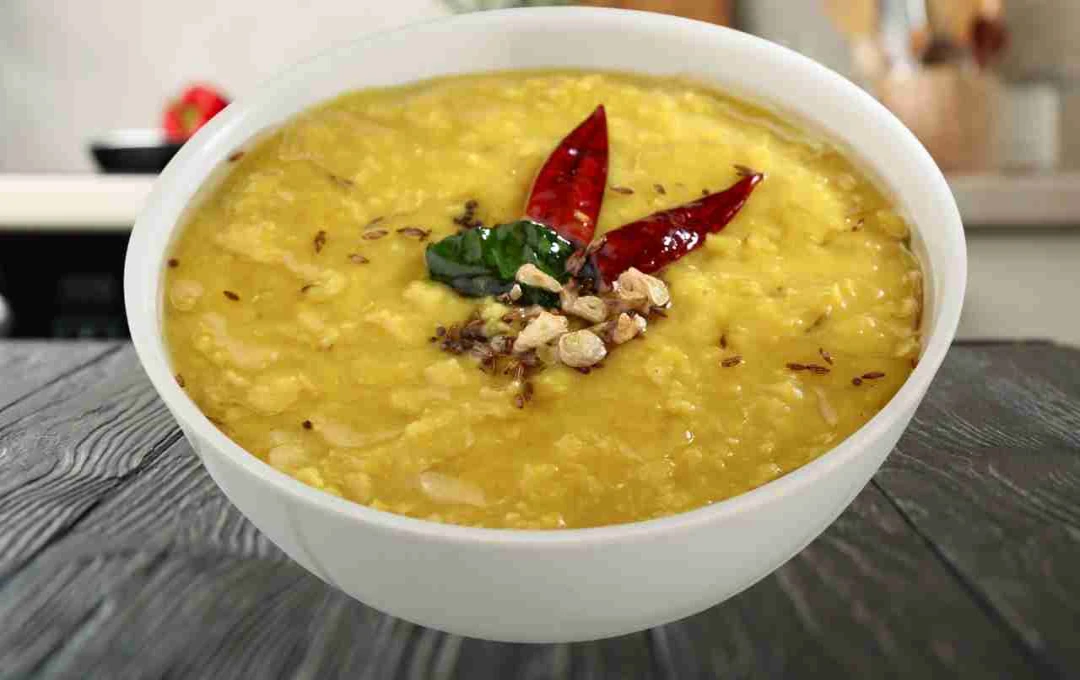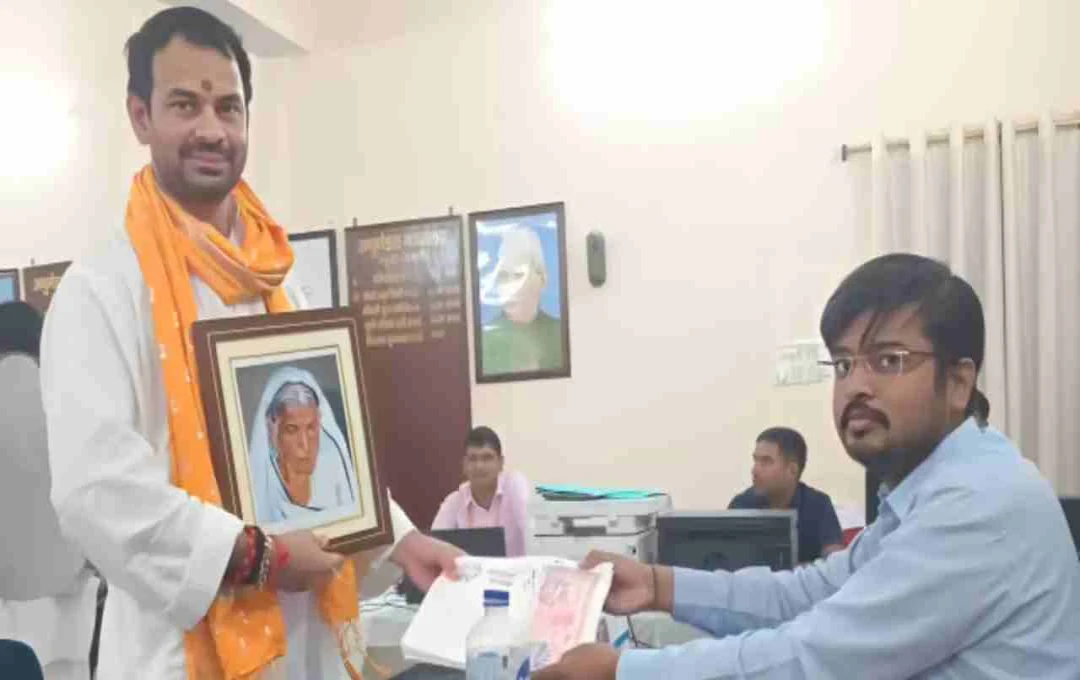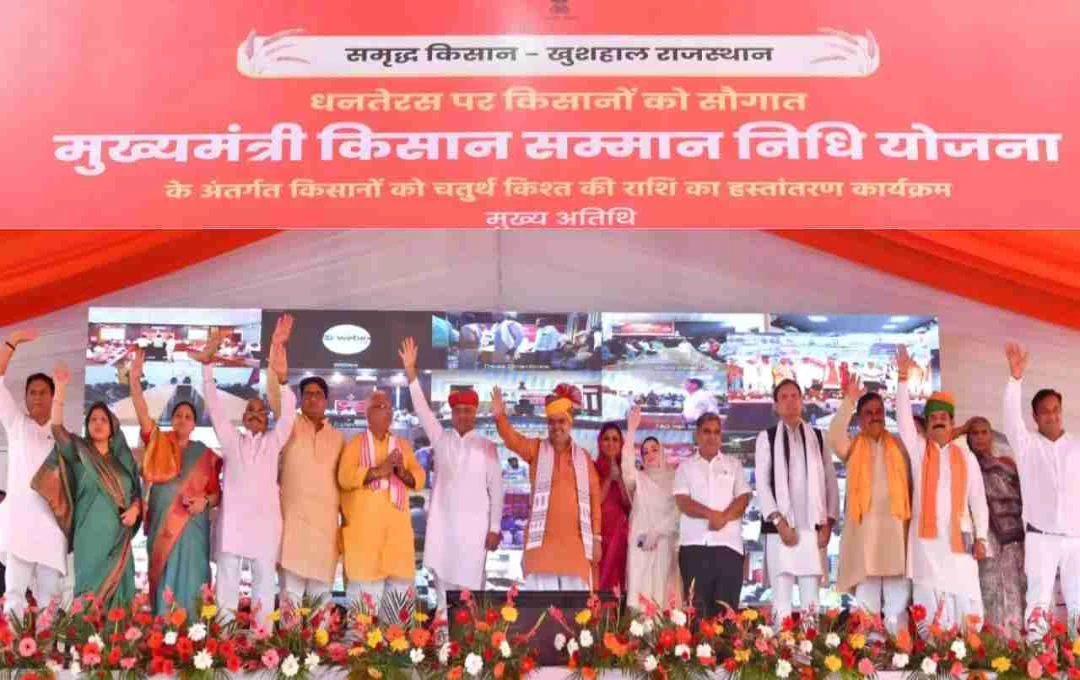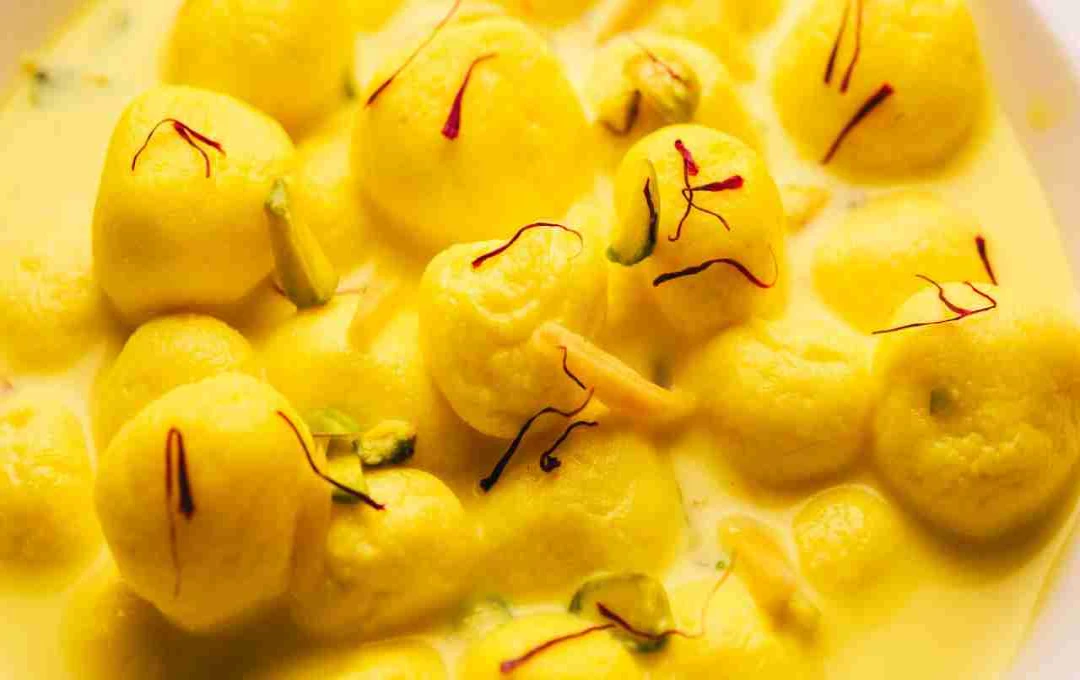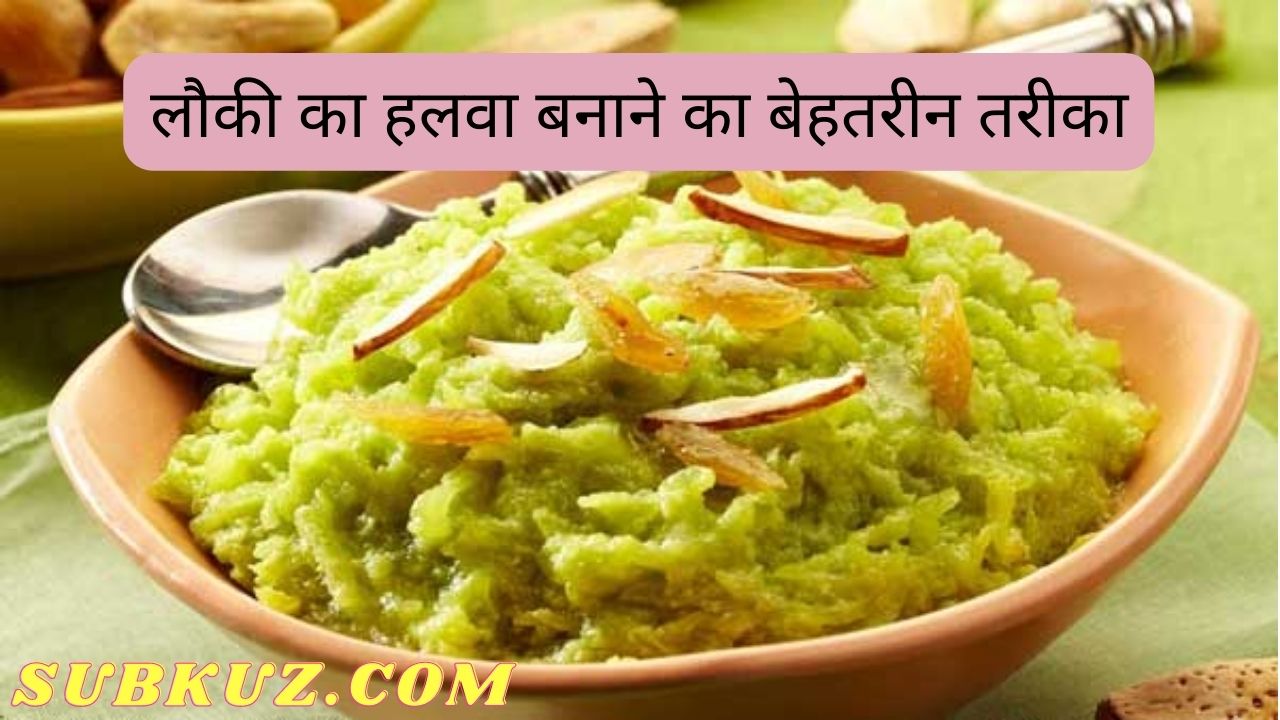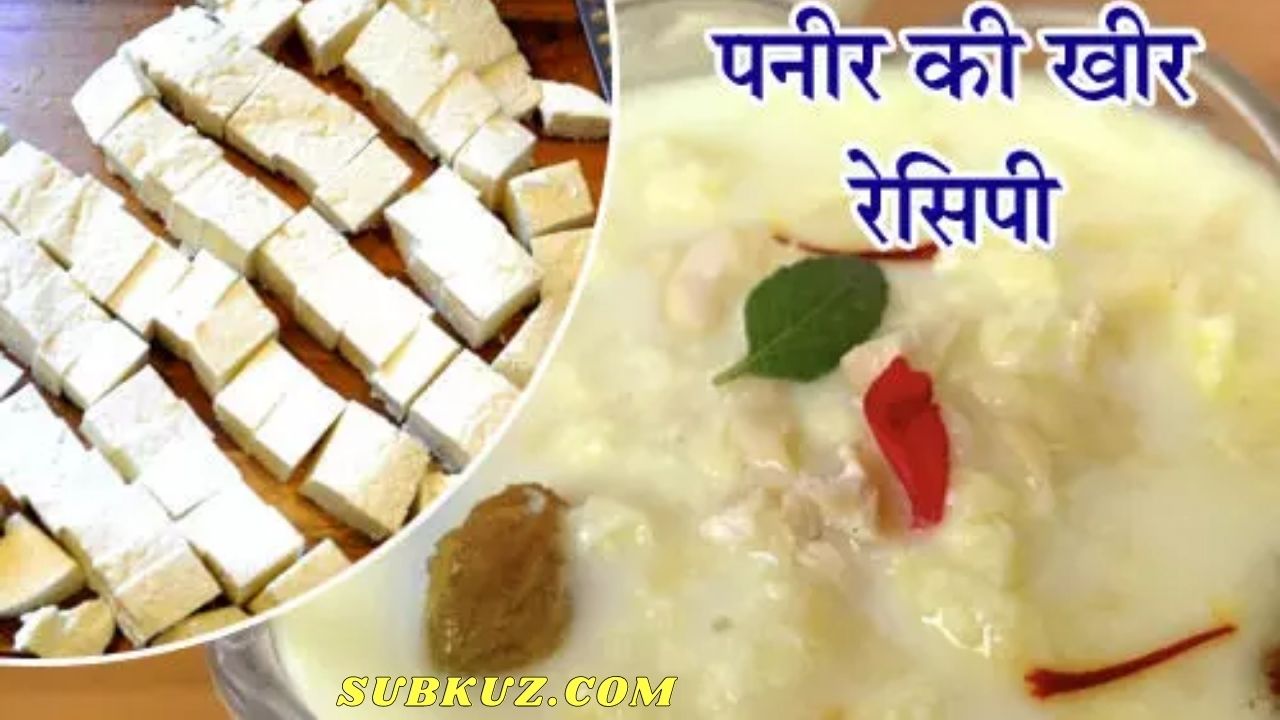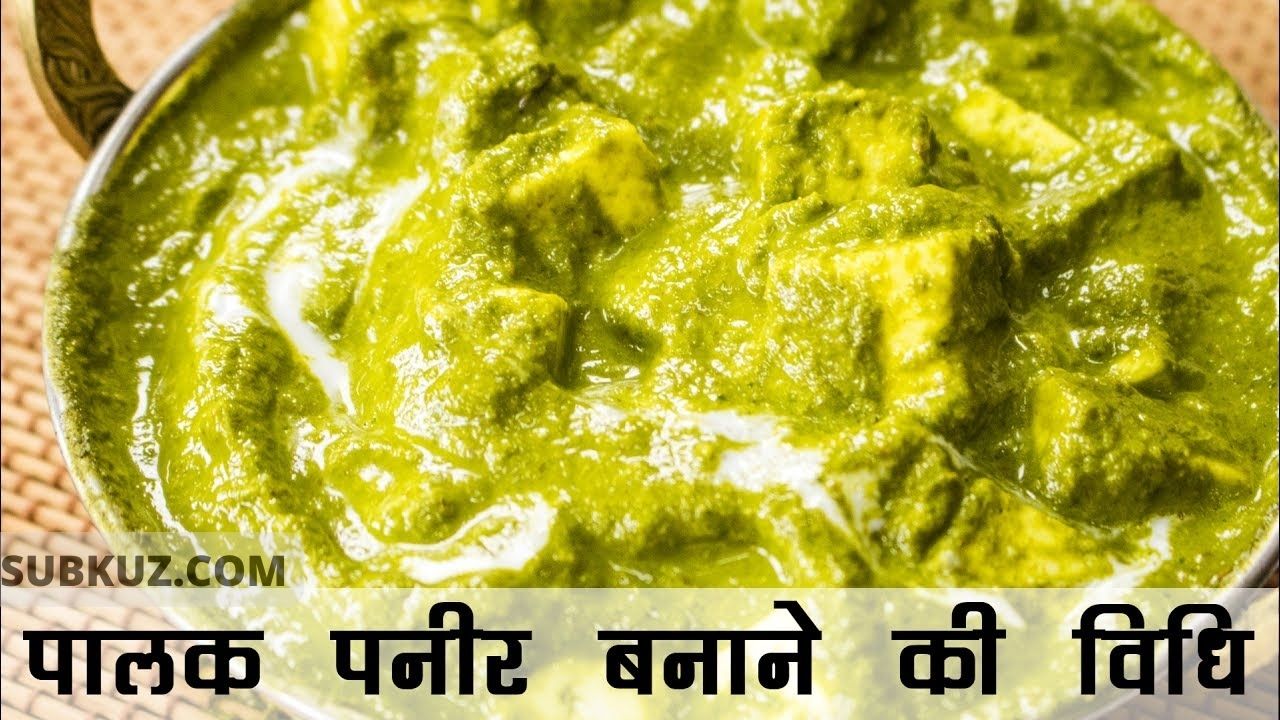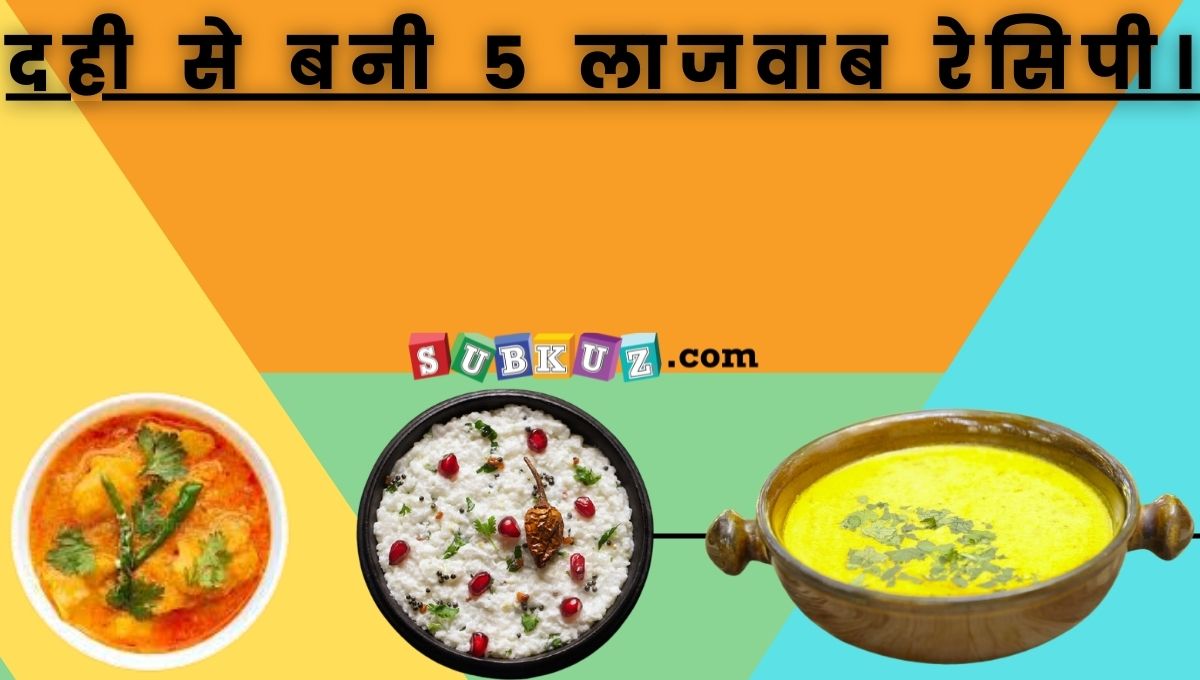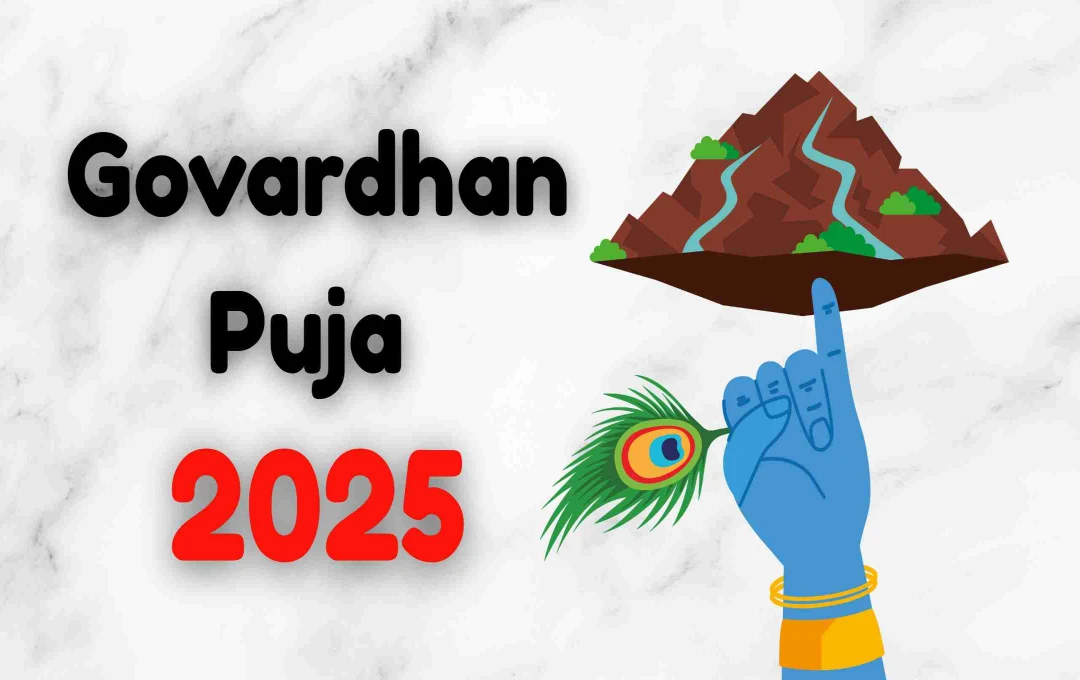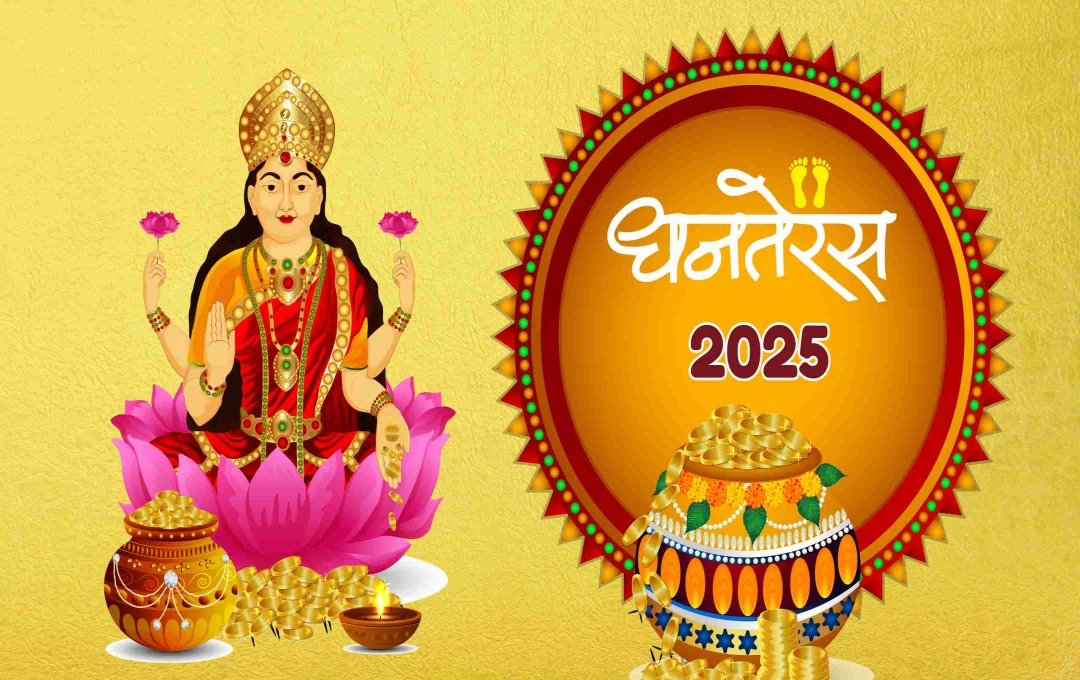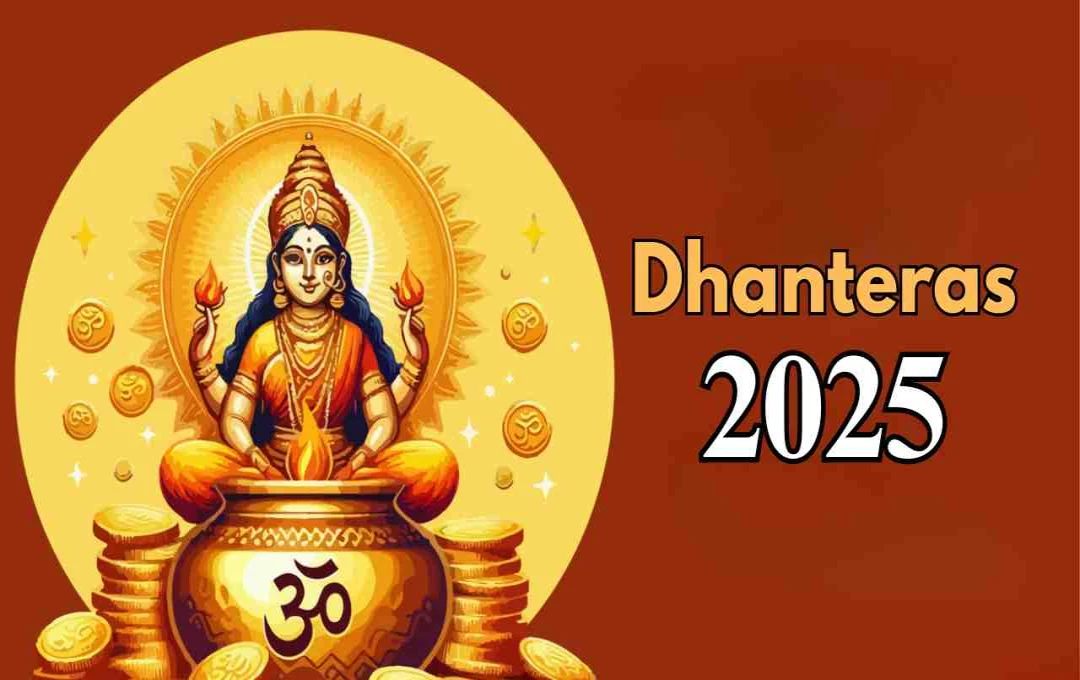Lentils hold a special place in Indian cuisine. Whether it's pigeon pea, red lentil, mung bean, or chickpea—each lentil offers a unique flavor profile, nutritional value, and impact on health. However, one lentil stands out, boasting both deliciousness and medicinal properties: Kulthi dal (horse gram). Popular in rural areas, this lentil is now gaining traction in urban kitchens. Particularly when cooked with a spicy touch, it's not only flavorful but also contributes to overall well-being.
Ingredients (Serves 4)
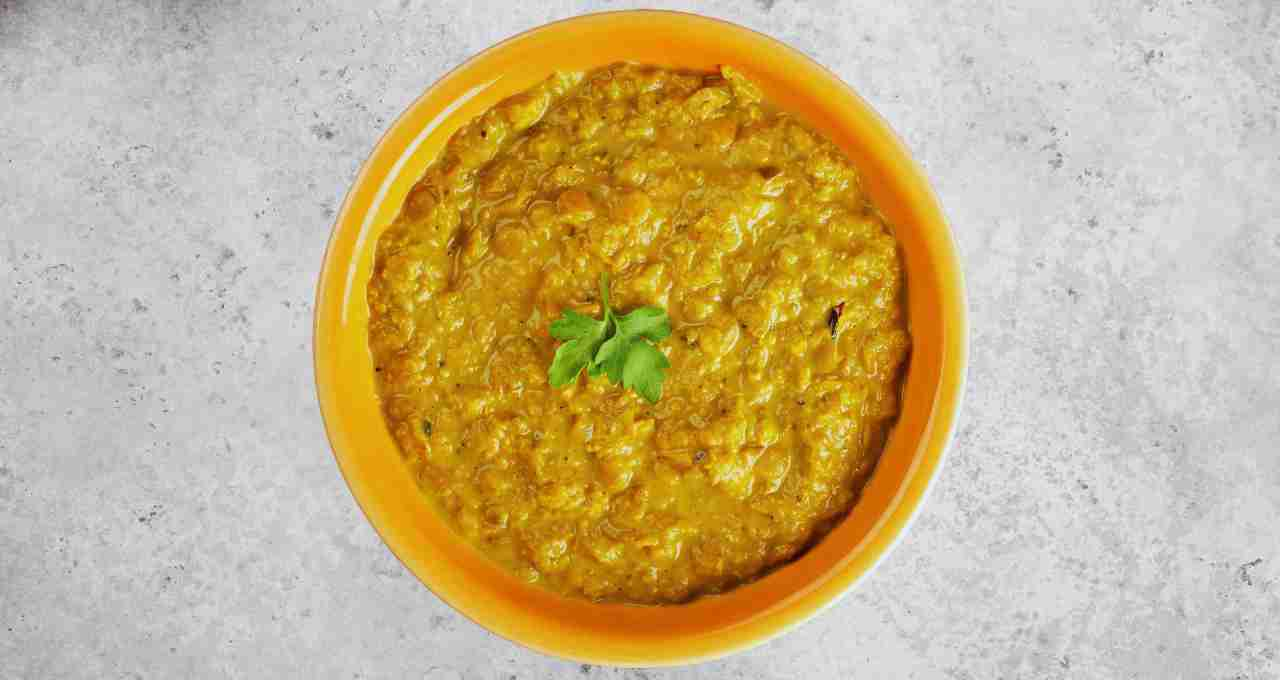
- Kulthi Dal (Horse Gram) – 250 grams
- Onion – 2 (finely chopped)
- Tomato – 1 (finely chopped)
- Green Chili – 2 (finely chopped)
- Garlic – 3-4 cloves (chopped)
- Cumin Seeds – 1 teaspoon
- Turmeric Powder – 1 teaspoon
- Red Chili Powder – 1 teaspoon
- Chaat Masala – 1 teaspoon
- Garam Masala – 1 teaspoon
- Salt – to taste
- Oil – as needed
- Coriander Leaves – ½ cup (finely chopped)
Instructions
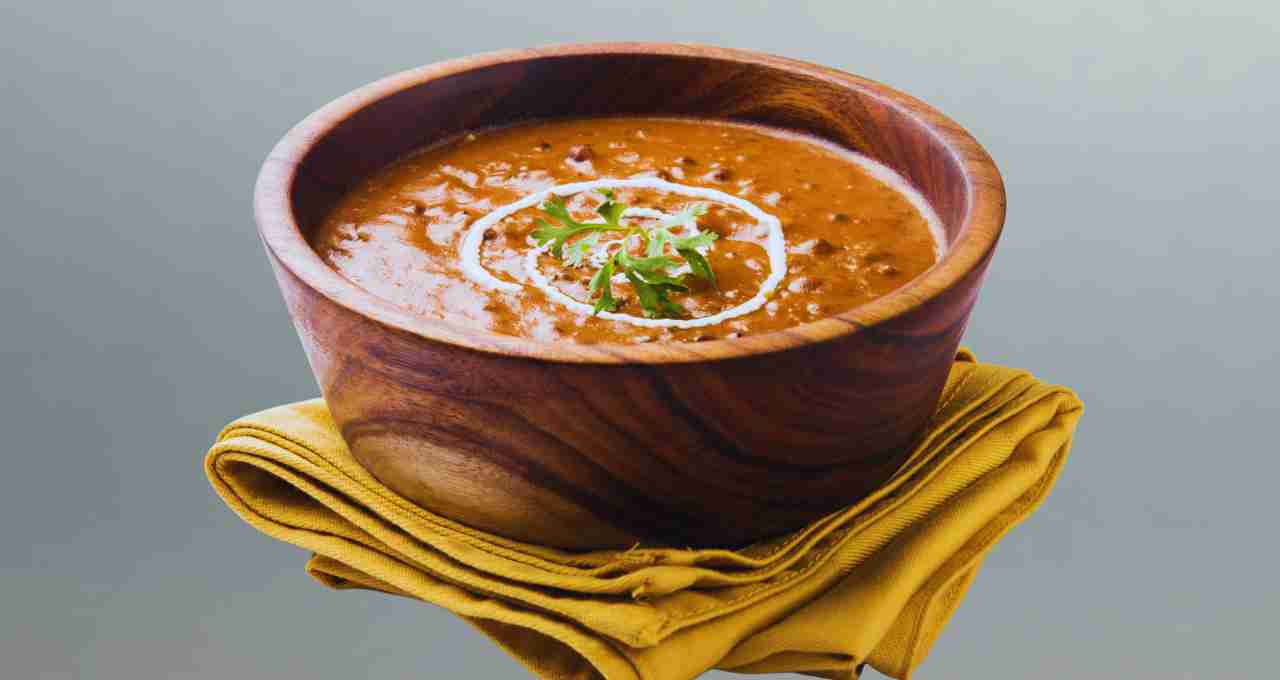
1. Preparing the Dal
First, clean the Kulthi dal thoroughly. This lentil is hard and coarse, so it may contain small stones or soil particles. After rinsing and cleaning well, soak it in water for 30 minutes. This softens the dal and reduces cooking time.
2. Cooking the Dal
Add the soaked dal to a pressure cooker. Include half a teaspoon of turmeric and salt to taste. Cook for 3-4 whistles until the dal is completely soft. Once the pressure releases, gently mash the dal.
3. Preparing the Tempering (Tadka)
Heat oil in a deep pan. Add cumin seeds and let them splutter. Then add finely chopped garlic and green chilies and sauté until golden brown. Next, add the chopped onions and sauté until lightly golden brown.
4. Adding Spices to the Tempering
Now add the tomatoes and sauté until they soften completely. Then add turmeric, red chili powder, and a little salt. Sauté these spices over low heat until the oil separates from the spices. This process infuses the dal with rich flavor.
5. Combining Dal and Tempering
Add the cooked Kulthi dal to the prepared tempering and mix well. Sauté this mixture with the spices over medium heat for a few minutes. Then add water as needed to achieve your desired consistency.
Bring to a boil, and then add garam masala, chaat masala, and freshly chopped coriander. After another light boil, turn off the heat.
Health Benefits
- Beneficial for Kidneys: Kulthi dal is considered useful in Ayurvedic medicine for urinary disorders.
- Aids Digestion: It's high in fiber, which improves digestion.
- Beneficial in Warm Weather: This dal keeps the body warm from within, especially during colder months.
- Rich in Protein: It's an excellent protein source for vegetarians.
Tips
- When preparing the spicy tempering, sauté on low heat to prevent burning the spices.
- Be sure to mash the dal; this creates a creamy texture.
- Chaat masala adds a unique twist, setting this recipe apart from other dals.
Kulthi Masala Dal not only preserves traditional flavors but also creates a new identity with modern spices. This is a recipe that should be included in your weekly meal plan for a delicious and healthy experience.
